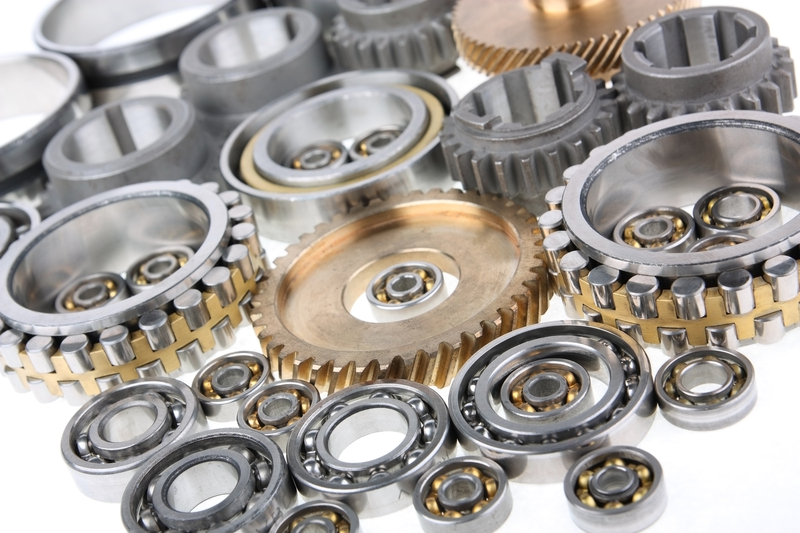The Bearing Expert™ is used to source critical base bearing frequency data the manufacturer deems as the accepted value when doing analysis on critical machinery and rotating reciprocal assets within the plant. Bearing frequency data is not easily accessible outside of The Bearing Expert™ bearing library and requires extensive time and research surfing individual manufacturer websites to obtain single search results. There is no uniformity between sites and opportunity to compare vibration data. The Bearing Expert™ is your bearing frequency calculator.
Reliabilty Engineering
and
Vibration Analysis
AFBMA Part Numbers
How to find Vibration DataThe Bearing Expert is the only independent bearing database that includes AFBMA part numbers as part of the interchange. AFBMA part numbers are industry standard part numbers that were created during WWII. Since these part numbers are not manufacturer specific, they do not have vibration data. Entering the AFBMA part number into The Bearing Expert generates an interchange report that lists all manufacturers that make that part with their respective part numbers. Once the analyst has the individual manufacturer part numbers it is easy to generate a vibration report with base bearing frequencies for the bearing in question.
AFBMA part numbers are made up of a combination of numbers and letters to identify the many characteristics of the bearing. They can be very long, and some are now obsolete. If there is not an exact match the root number of the AFBMA part number is going to generate the same vibration frequency results regardless of the suffix. The suffix nomenclature identifies seals, shields, greases, snap rings etc. and these will not change the vibration frequencies for that bearing. Read More

NEW: Rolling Element Update
Manufacturers are changing the internal geometry for some bearings under the same or “old” part number. This is important for analysts to be aware of as the number of rolling elements can change the vibration data. The data reflected on manufacturer websites is the most current internal geometry of the bearing which may not match the bearing in your machine.
The Bearing Expert™ includes ALL vibration data for each bearing. (i.e. If the data provided by manufacturer is different from earlier releases, then all iterations for that bearing are listed for your review.)
Eliminate ACCURACY, RISK, and RESEARCH.
Our data is sourced directly from the bearing manufacturers and is 100% reliable. Reliability Engineers and vibration analysts no longer have to depend on web site discussion boards or web surfing to locate potential bearing frequency data. They do not have to spend time and effort trying to navigate individual web manufacturer websites.
Formatting.
Researching data from multiple sources increases the potential for error in the collection of that data and can produce unsubstantiated, unreliable results. Data in The Bearing Expert is presented in standardized formatted reports for quick and easy reference.
Information, Consolidation, and Comparison.
Frequency data for ALL MANUFACTURERS for a specific part number is provided on one report. This eliminates the need for analysts to navigate individual catalogues to try to compare data. This is especially important when they are unsure of the specific manufacturer of the bearing in question. The analyst gets a quantitative analysis of of all possible options with one search and can sort results for different views of data.
What If.
Analysts can vary the degree of contact angles and to automatically recalculate frequencies to represent their specific application. No programming or special set up is required. Results are delivered in seconds. Bearing Frequency calculator that is already populated with data ready for use.

